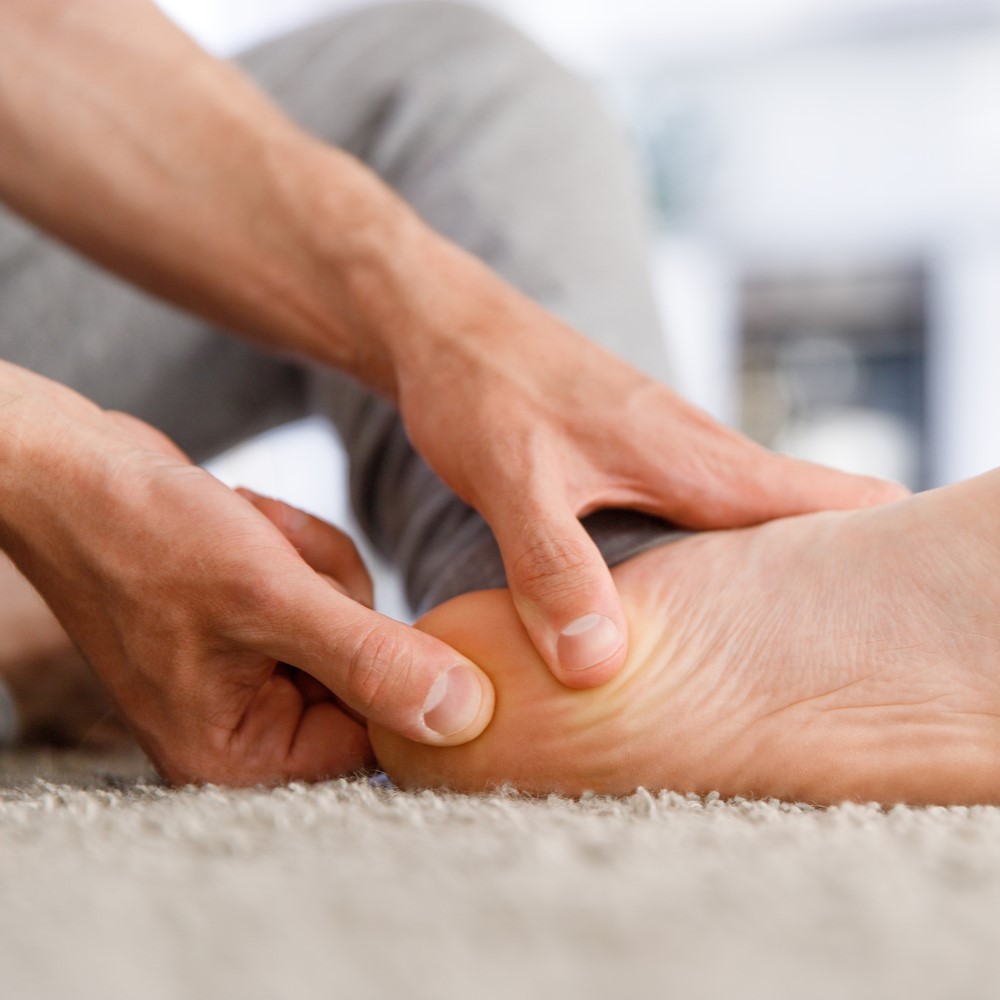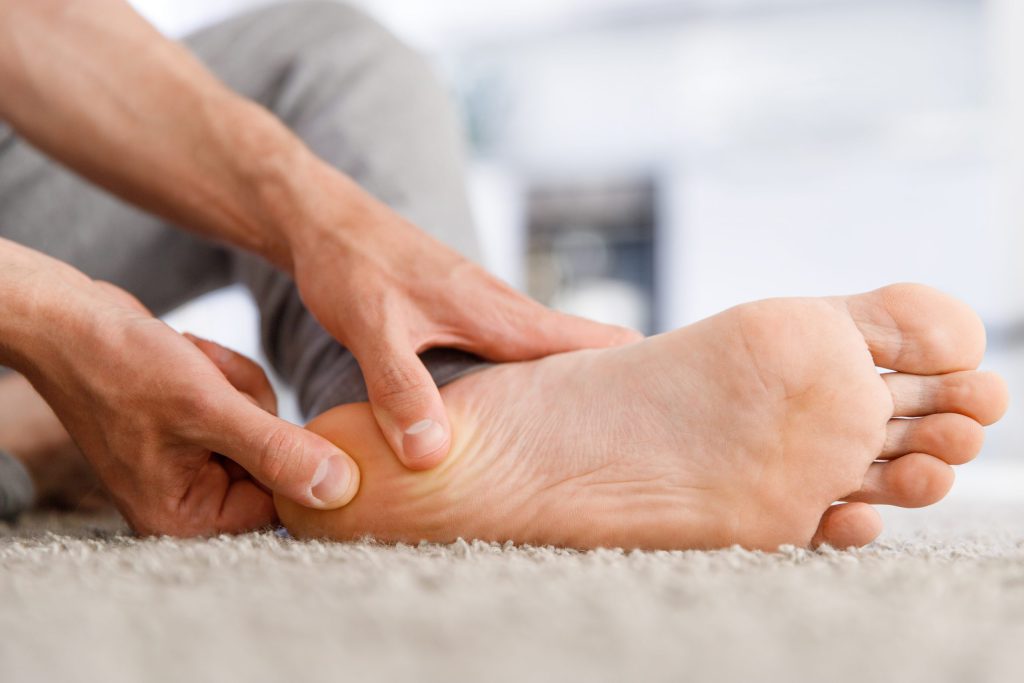Can Plantar Fasciitis Be Cured?
Are you tired of dealing with the persistent pain of plantar fasciitis? Do you find yourself wincing with every step due to the agony of plantar fasciitis? It’s a frustrating condition that can make even the simplest tasks feel like a chore. But fear not, relief may be within reach. Today, we’re going to explore the tantalizing question: Can plantar fasciitis be cured? So, slip on your most comfortable shoes and join us on a journey to discover if there’s a light at the end of the painful tunnel. Closer Look at Plantar Fasciitis Plantar fasciitis is a common foot problem that causes heel and arch discomfort. A variety of causes can contribute to plantar fasciitis, including: Foot overuse, such as from running or jumping Sudden changes in activity level Improper footwear Obesity Flat feet or high arches Pregnancy Age The pain of plantar fasciitis is usually worse in the morning when you first get out of bed. It can also be worse after sitting or standing for long periods of time. Can Plantar Fasciitis Be Cured? Imagine a life without the nagging pain of plantar fasciitis. No more hobbling around, wincing with each step. It sounds like a dream, doesn’t it? But could that dream become a reality? Stop wondering about “can plantar fasciitis be cured?” and start remember that there are a number of things you can do to treat plantar fasciitis, including: Rest: Avoid activities that make the discomfort worse. Ice: Several times a day, apply ice to the afflicted region for 20 minutes at a time. Stretching: Stretch the plantar fascia and calf muscles several times a day. Orthotics: Custom orthotics can help to support the arch of the foot and reduce pain. Medication: OTC pain medications such as ibuprofen can help lessen discomfort and inflammation. Physical therapy: Physical therapy can help to strengthen the muscles in the foot and leg, and improve flexibility. Extracorporeal shock wave therapy (ESWT): ESWT uses sound waves to break up scar tissue and promote healing. Let’s unravel the mystery and answer the burning question: Can plantar fasciitis be cured? So, kick off your shoes, sit back, and let’s explore the potential pathways to freedom from this relentless foot ailment. In most cases, plantar fasciitis can be cured with conservative treatment. However, in some cases, surgery may be necessary. Prevention Tips Here are some prevention methods for plantar fasciitis: Avoid high heels and flip-flops. Stretch your feet and calves regularly. Strengthen the muscles in your feet and legs. Don’t overdo it with exercise. If you have plantar fasciitis, it is important to see a podiatrist to get a diagnosis and discuss treatment options. With proper treatment, most people with plantar fasciitis can get relief from pain and improve their function.
Can Plantar Fasciitis Be Cured? Read More »







